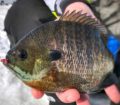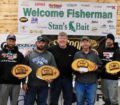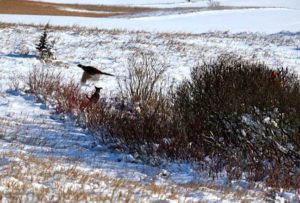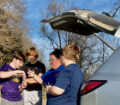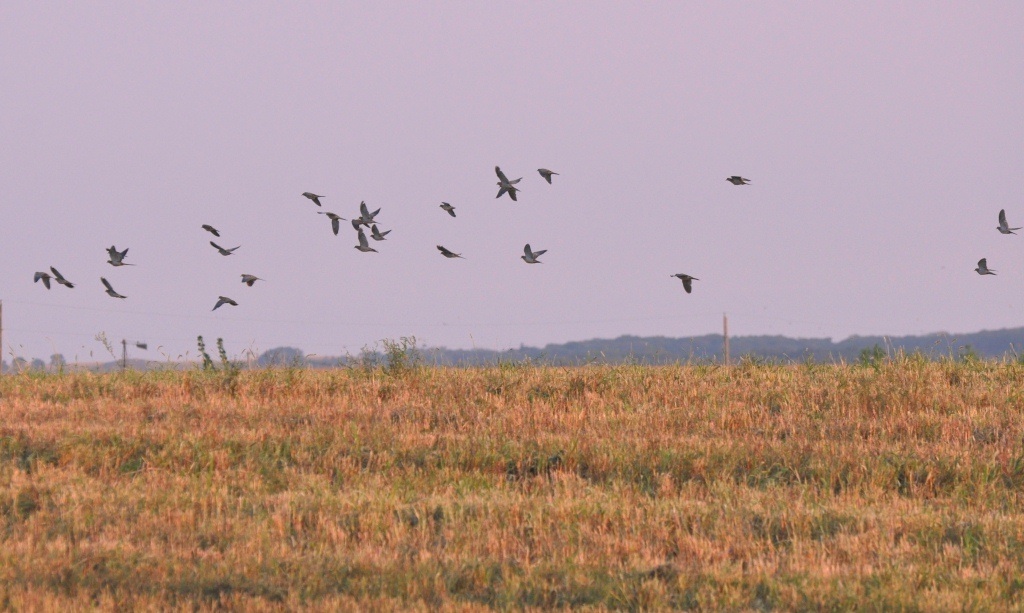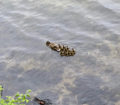By Steve Weisman
It’s mid-December and ice anglers are chomping at the bit to get on good safe ice. Second season shotgun deer season has just finished up, and the late season muzzleloader season is now open. Archery deer season has also opened up again.
Although the pheasant season is still open, the number of pheasant hunters has dwindled for many reasons. First, the temperatures on average are below freezing, the wind is often up and the layer of snow from the recent snowstorm makes walking that much tougher.
However, for the diehard late season pheasant hunters, this becomes their time. The harvest has been completed, the marginal cover is now filled with snow and the birds have become bunched. So, the birds have now moved to heavier cover and are more bunched into groups. Heavy stands of switchgrass or big bluestem, food plots, shelterbelts and sloughs rimmed with cattails are all prime areas. This all puts the hunting more into the hunter’s favor, but it is also much more work than it was in early November.
A friend of mine recently told me of his hunting success. “Steve, I’ve been having good success around here on state ground. It’s been just me and my dog.”
He’s got a good point: just a hunter and a dog. The birds are spooky this time of year, so a large group of hunters talking and making noise will lead the birds to take off much more quickly than with one or two hunters and a dog or two.
The heavier cover does make it easier to control the dog when it gets on a scent. In lighter cover, the dog wants to keep up with the running bird, which can be a real problem. However, in the heavier cover, everything slows down a little more. The big thing is in the heavier cover to not push the dog to move on if they want to keep working the cover. Some birds run, others fly early and some keep in the cover and try to double back behind before flushing. Let the dog use its nose and allow it to spend a little extra time.
I remember this very well several years ago. My partner and I had worked an area that went close to a mile away from the car. We only got a couple of shots and were pretty dejected when, as we got closer to the vehicle, my friend’s got birdy. We thought very little of it, but then about 10 yards from the car, up flushed a rooster pheasant. We were so surprised that we never got a shot off.
Lesson learned! Always trust the dog’s nose! They are born to hunt. Believe them!
One more thought about hunting this heavy cover. By giving the dog a little more time to work, the hunter also benefits from a break in the action to let the body rest a little bit before going on.
A word of caution, when you are hunting a cattail slough. Don’t just expect the ice to be solid this time of year. The ice is always more suspect around the cattails. Watch out, too, for a tile that might be running into the slough. Too often, a hunter will break through, and if it is deep enough, that can mean true danger for both hunter and dog.

